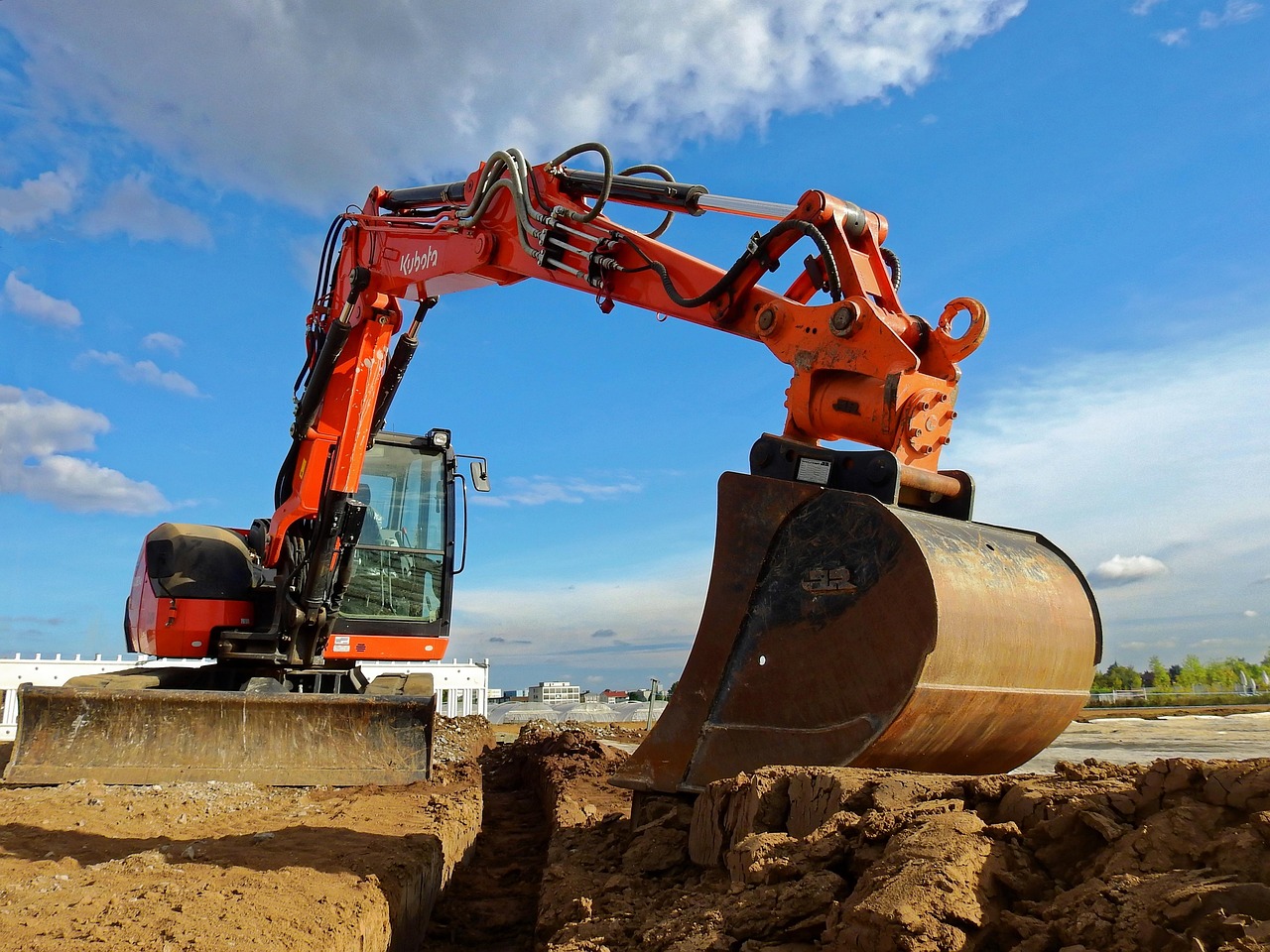
When embarking on new construction projects, understanding the excavation process is essential for ensuring a solid foundation. Excavation isn’t merely about digging; it involves a series of well-planned steps designed to prepare the site for the intended structure. From site assessment and planning to soil removal and laying the foundation, each phase plays a critical role in the overall success of the construction project. By grasping the intricacies of excavation, stakeholders can make informed decisions, minimize risks, and lay the groundwork for durable and safe structures.
The Importance of Excavation
Excavation is not merely about digging holes; it involves a meticulous approach to prepare a construction site by removing soil and other materials. This stage is paramount for ensuring stability and safety of the structures that follow, meaning that a solid understanding of the excavation process is crucial for all stakeholders in the construction area—from engineers to builders and even property investors.
1. Site Assessment: Starting on the Right Foot
The journey of any excavating project begins with a thorough site assessment. This involves:
- Surveying the land to evaluate its topography.
- Understanding soil composition and its load-bearing capacities.
- Identifying any existing structures, utilities, or potential obstacles.
- Assessing the environmental impact of the project.
Through these analyses, a critical plan is formulated, detailing excavation depths, boundaries, and the methodologies that will be utilized. It’s important to highlight that acquiring the necessary permits and complying with local regulations are crucial steps that can make or break a project from the outset.
2. Marking Out the Excavation Area: Precision Matters
Once planning is complete, the next logical step is marking out the excavation area. Using durable markers, the boundaries of the dig site are clearly outlined. Precision is key here—accurate dimensions prevent costly mistakes later on. Miscalculations could lead to financial ramifications and delays in the project timeline.
3. Groundbreaking: The Real Work Begins
With the groundwork laid, the action truly begins with groundbreaking. This initial phase employs tools and machinery tailored to the specific conditions of the land. Depending on whether the location consists of dirt, clay, or rocky terrain, equipment such as bulldozers, excavators, or specialized drilling machinery will be required to efficiently break ground. Each machine is selected not just for capacity, but also for efficiency and cost-effectiveness.
4. Soil Removal and Material Management
As the excavation progresses, soil and other materials are removed from the site. Effective material management is crucial during this phase. Proper disposal or recycling of excavated material should adhere to environmental guidelines to minimize impact. Additionally, some excavated soil may be utilized later for purposes like backfilling or grading.
5. Grading and Compaction: Ensuring Stability
Once the desired excavation depth is achieved, the focus shifts to grading and compaction. This step is essential for leveling the area and ensuring a solid base for the forthcoming foundation. Engaging in proper grading prevents future structural issues, such as settling, pooling of water, or erosion—issues which could threaten the longevity of the newly constructed site.
6. Laying the Foundation: The Turning Point
After the excavation has been expertly managed, laying the foundation becomes the next pivotal step. The foundation serves as the root upon which everything else will stay; thus, its integrity is non-negotiable. Depending on the soil conditions and structure requirements, different types of foundations—such as slab foundations or footings—will be deployed, each with its own nuances and specifications.
Types of Excavation: Methods to Suit Your Needs
Excavation techniques can vary widely based on necessity and material. Here are some common types:
- Topsoil Excavation: Primarily focuses on removing the upper layer of soil for landscaping or preparing for deeper excavation.
- Rock Excavation: Involves the removal of rock materials, often requiring specialized equipment.
- Muck Excavation: Deals with the removal of excess water and soil mixtures.
- Trench Excavation: Used for digging narrow openings essential for utilities and pipelines.
Safety First: Minimizing Risks during Excavation
The excavation environment can be hazardous, and as such, implementing a comprehensive safety protocol is vital. This includes:
- Ensuring all team members wear appropriate protective gear.
- Maintaining proper shoring and sloping to prevent cave-ins.
- Establishing clear signage to communicate ongoing excavation activities.
Keeping all safety guidelines in check helps mitigate risks and allows for a smoother excavation process. Remember, an ounce of prevention is worth a pound of cure!
Navigating Challenges in Excavation
Excavation can come with unexpected hurdles, including unforeseen underground utilities, adverse weather conditions, or unstable soil. Each project is unique and will often require creative problem-solving skills to overcome these hurdles promptly while maintaining project timelines.
Understanding the excavation process is fundamental for anyone involved in the construction realm. For those looking to elevate their projects, ensure a seamless excavation experience by consulting professionals who specialize in construction services, such as Excav8te.
